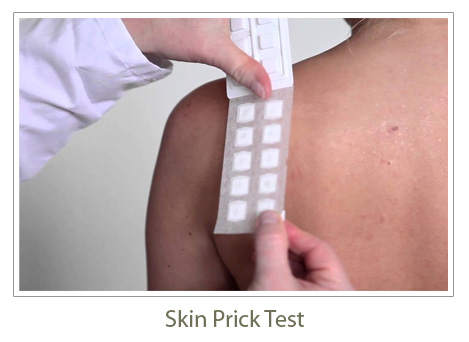Skin Allergy Testing in Delhi
An allergy is an abnormal sensitivity to an allergen that is inhaled, eaten or touched that most of other people can tolerate with no trouble. Allergies are over-reactions to substances one's immune system considers harmful.
Common Allergens
- Pollens
- Drugs
- Insects







